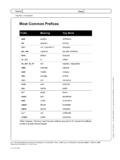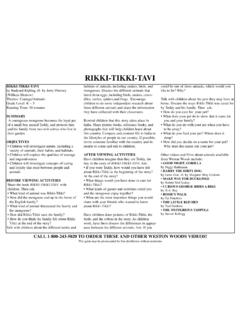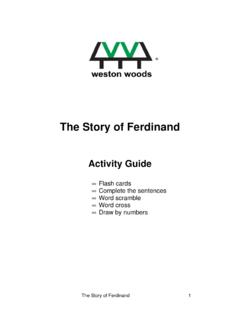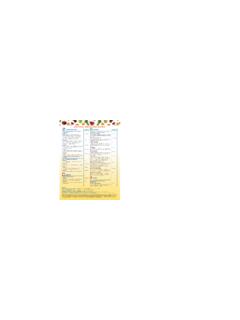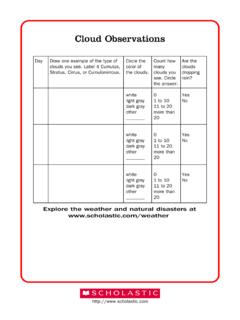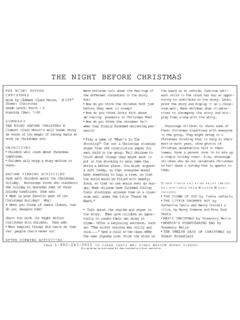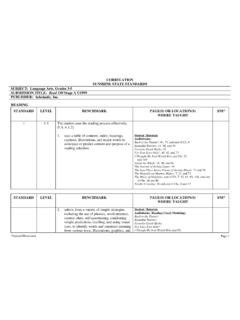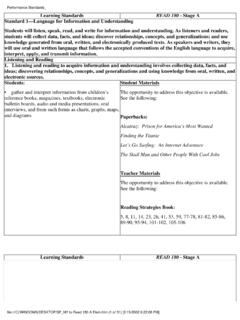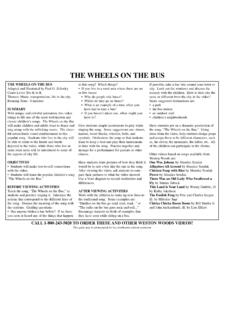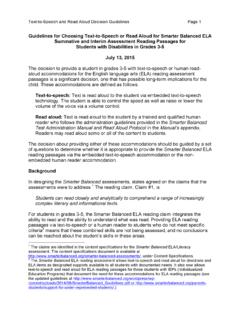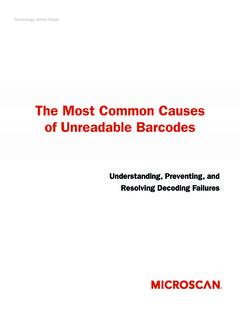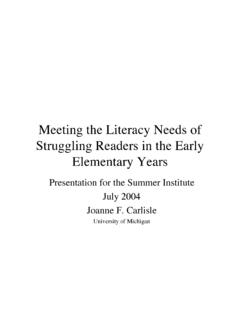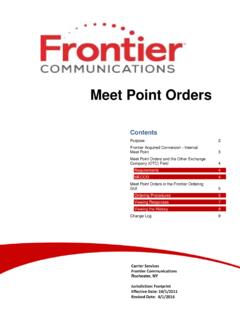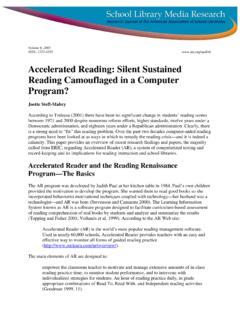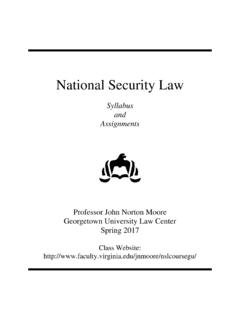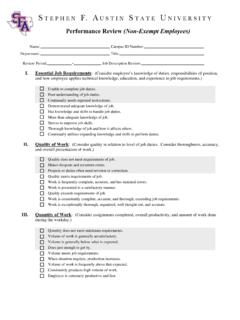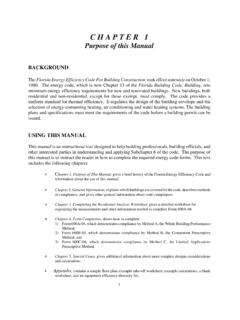Transcription of Nonfiction Reading Comprehension - teacher.scholastic.com
1 Nonfiction Reading Comprehension Tips for better understanding Activate background knowledge This is very important in Nonfiction Reading , particularly if the reader has limited knowledge about the content area. Make connections between the known and the new Nonfiction readers can be encouraged to think carefully about content they already know when they meet new information so that they can anchor it to past knowledge to enhance understanding. Ask questions Nonfiction readers are full of questions, particularly when they read about less-familiar content. They can be encouraged to write their questions down, think about them and search for answers.
2 Use the features of Nonfiction to support understanding, and remember important information Information in Nonfiction comes from the features as well as the text. The bold print, italics, framed text, photographs, maps, diagrams, graphs, charts etc. support the reader to better understand. Read for the gist, stopping and thinking as you go Nonfiction Reading is more like a slide show or a newscast than a movie in your mind. Nonfiction readers need to stop frequently to think about the information they have read. They need to synthesize as they go. Read with a pen in hand When Reading Nonfiction , we meet large amounts of unfamiliar information.
3 We are far more likely to remember information if we jot some- thing down, highlighting or coding as we go. We also meet compelling information and then stop and think about it, often asking a question or making a connection. Pay attention to your inner conversation when meeting new information . Nonfiction Reading is Reading to learn. Nonfiction readers must be aware of when they learn new information. They can listen to their inner voice and notice what they hear when they meet new information, "I never knew that before" and then mark it in writing to help remember it later.
